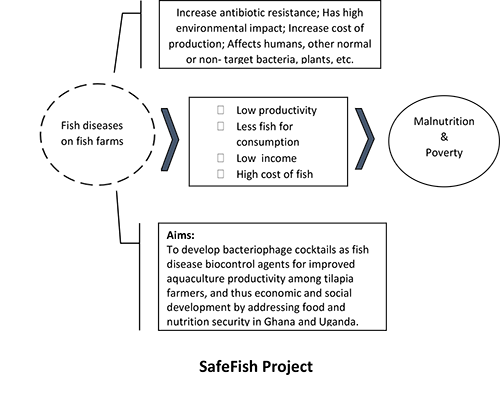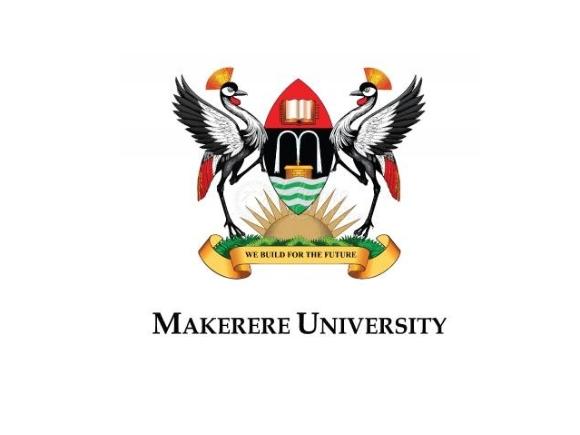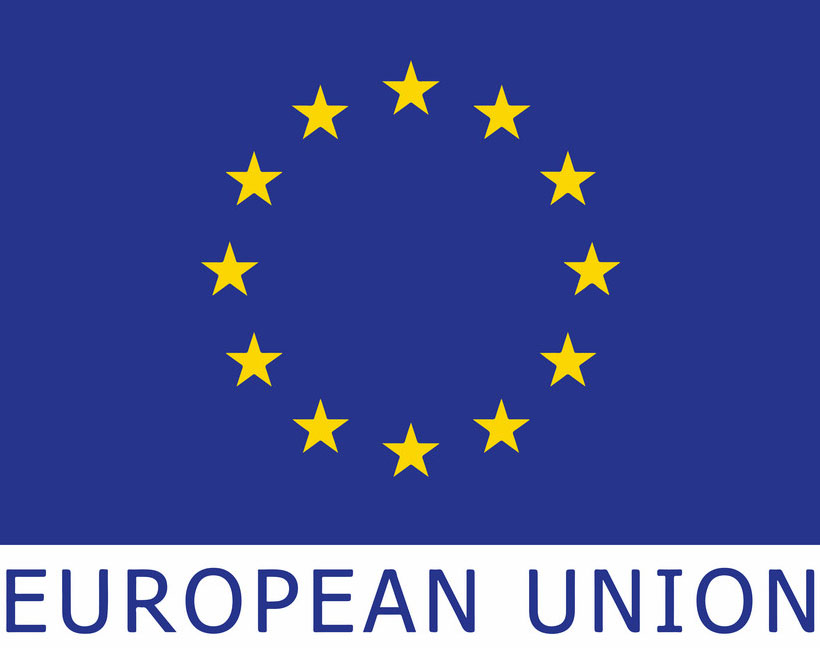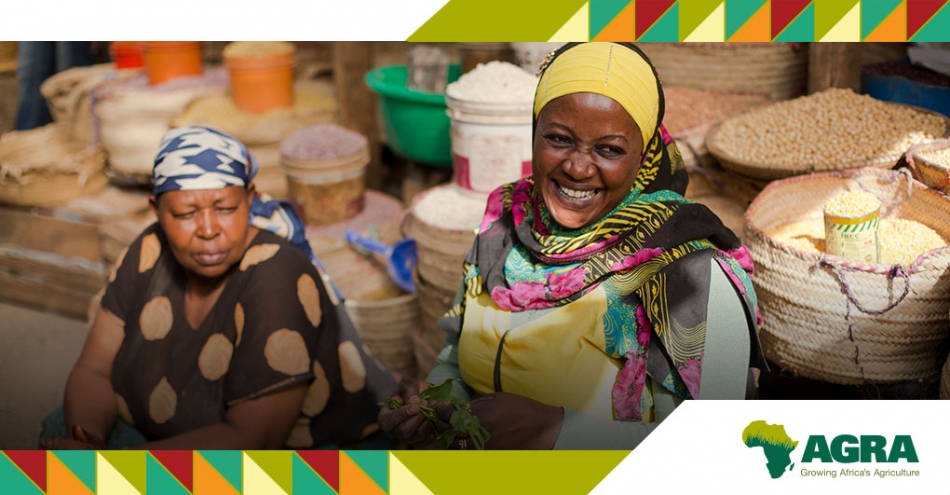Business Incubation
INTRODUCTION
Applied agricultural research Institutions need strong collaboration with extension services to effectively respond to farmers’ identified problems. Furthermore, the extension services need the backstopping of strong applied agricultural research institutions to effectively serve the farming communities and other stakeholders. Unfortunately, weak linkages exist among, research and extension services in the country. To address this problem, MoFA and the CSIR, in 1994, established Research Extension Farmer Linkage Committees (RELCs) to serve as an interface between the National Agricultural Research System (NARS) and the National Agricultural Extension System (NAES). The objectives of the RELCs among others include ensuring that research activities, especially adaptive research respond to farmers’ constraints. These constraints are identified through the regional/district planning sessions as well as review of progress made by RELCs in solving farmers’ problems and efforts made to promote proven technologies and best practices.
The RELC has since its inception been at the forefront of demand-driven technology generation and dissemination by providing a platform for key stakeholders in the agriculture sector to address constraints emanating from farmers all over the country. However, one major constraint that has always undermined the operations of the RELCs has been insufficient funds to implement its activities and demand-driven research emanating from the RELCs and other sources. It further seeks to ensure that MoFA releases agreed funds regularly and on time for RELC activities to facilitate appropriate technology generation and dissemination for enhanced productivity.
The focus of this project is to produce technical bulletins and collaborate with MoFA to produce relevant extension materials for training and dissemination purposes, to address the constraints identified at the RELC regional meetings.
Its activities are also geared towards impact measurement and capacity building across the districts and regions of Ghana
MAG is Modernizing of Agriculture in Ghana Institutional support sponsored by the Canadian Embassy. The aim of the support is to transfer technologies developed by the Council for Scientific and Industrial Research (CSIR) to farmers through the Ministry of Food and Agriculture (MOFA) specifically the Department of Agricultural Extension.
As part of this objective, CSIR-Food Research Institute (CSIR-FRI) has been mandated to organize Training of Trainers workshops in collaboration with MOFA to address constraints identified in the regional planning sessions. The trainees are mostly Agriculture extension Agents, District Agriculture officers, SME's, and Farmers. CSIR-FRI also assists in the production of extension leaflets and manuals to address the identified constraints which are mostly postharvest losses of food commodities in Ghana.
SafeFish: Improving tilapia health to optimize yields
PROJECT BACKGROUND INFORMATION
Aquaculture is one of the fastest growing agro sectors in the world. Fish production provides nutritional, commercial, ecological and societal benefits to many countries including Ghana. However, fish health and management has not being fully exploited and understood for sustainable production. Most aquaculture farmers in Ghana are purported to have fish mortality as high as 75-85 percent after stocking with fingerlings (< 5 g). Fish disease problems constitute the largest single cause of economic losses in aquaculture (Sudheesh et al., 2012). In 2018, over 100 tonnes of farmed tilapia died on lake Volta within a month. With tilapia being the second most cultured fish species outside its origin in the world, the SafeFish Project had come at a good time, titled ‘Development of bacteriophage cocktails as disease biocontrol agents for improved aquaculture productivity, food and nutrition safety in Ghana and Uganda’ could be a pragmatic intervention to help minimize some the mass fish kills among cultured tilapia. This project is a three-year research and capacity building program funded by the European Commission (EU) through the African Union (AU) Commission. It is implemented by a partnership of institutions in Uganda and Ghana, with Makerere University as the lead, CSIR-Food Research Institute as the lead partner in Ghana, and CSIR-Water Research Institute as well as the University of Cape Coast (Dept. of Fisheries and Aquatic Sciences), Noguchi Memorial Institute for Medical Research (Dept. of Electron Microscopy and Histopathology) of the University of Ghana and University of Leicester (Dept. of Infection, Immunity & Inflammation) as the supporting partners. These institutions would work by complementing each other due to the vast discipline or specialties, laboratory infrastructure as well as experience needed for implementation of the various activities. The action will offer a chance to create a consortium of phage researchers; sustainability and implementation of similar actions will be ensured through inclusion of graduate students in both countries.
The fisheries sector contributes to development goals, specifically the 14th Sustainable Development Goal (SDG) that emphasizes the need for countries’ support in restoration of fish stocks to improve safe and diversified healthy diets. Fish offers high quality proteins, higher amount of lysine and are nutritionally rich in polyunsaturated fatty acids compared to other meats (Nahid et al 2014). Declining capture fisheries have been experienced globally but effects have mostly impacted the developing countries due to the limited capacity to fill up the gap. High levels of malnutrition especially among children under 5 years of age have been reported in sub-Sahara African countries (Akombi et al, 2017). Hence, government efforts in promoting aquaculture is envisaged as a key player in contributing to sustainable fisheries resources management; improve food and nutrition security and the livelihood of smallholder fisher folk and the general community (MAAIF 2015). However, there are challenges to fish farming, such as diseases, which are mainly managed and/or controlled through application of antibiotics. Not only will fish disease contribute to food insecurity, the community will miss out on a cheap source of animal protein.
Use of antibiotics in animal production systems has been associated with drug residues in the animal products as well as development of drug resistant bacterial strains, which may spill into the human population. Alternatives to antibiotic use exist but are not widely applied in the African setting. Bacteriophages, tiny antimicrobial entities that ‘eat up bacteria’, are specific to the bacteria attacked; and as disease-control agents, they are cheaper and safer compared to conventional antimicrobial drugs. Hence this project, which aims at developing phage products for application on the fish farms, will play a role in fish health management and ensure safe fish, since even drug resistant bacterial pathogens are susceptible to the bacteriophages.
Application of bacteriophages targeting the economically important fish bacterial pathogens will reduce disease incidences, contributing to improved fish farm productivity and availability of fish both for human consumption as well as export. Improved productivity and use of cheaper disease biocontrol agents will enhance profitability of the fish farms, which will reduce on farmers falling out of aquaculture business. Additionally, use of phages is not associated with presence of undesirable residues compared to antibiotic applications, hence, in this respect, the fish products will be safer. In addition to SDG 14, the project will also contribute to SDG2; that is “End hunger, achieve food security and improved nutrition and promote sustainable agriculture”.
CONCLUSION
Therefore, the aim of the proposed project is to isolate and characterize lytic bacteriophages and evaluate their potential for bio control in farm Nile tilapia against various pathogenic and spoilage microbes that will be identified in samples of the fish from selected commercial fish farms in the country. The extent of pathogen contamination in various culture systems (ponds, cages, tanks, reservoirs etc.) of the fish in selected farms throughout the country will be assessed. Bacteriophage will be isolated, characterized and an in vitro experimentation will be carried out. Additionally, field trials will be conducted using the characterized phage(s). It is expected that a phage product will be developed for integrated pathogenic fish disease prevention, management and control. This will ensure good survival of culture fish, high fish farm production as well as increase in the profit margin of small holder fish farmers in the country. Hence, the use of antibiotics by tilapia farmers in the country to combat pathogenic diseases in farm fish will be reduced and farmed tilapia would be free of high levels of antibiotic residues.
- Fish farming is promoted as a solution to declining capture fisheries.
- The fisheries sector is important since it provides employment and high-quality animal protein and foreign exchange.

Facts About Bacteriophages / Phages
- Are naturally occurring tiny antimicrobial entities that infect and destroy/kill bacteria
- Are ubiquitous entities found wherever bacteria exists
- Are the largest biological entities known
- Are host-specific i.e They are capable of living solely on or in one species of host. For instance, a phage that infects E.coli, will not infect the bacteria that causes tuberculosis. Therefore phages can be used to specifically target disease-causing bacteria without disruption of commensal bacteria (bacteria which normally exist in the human/plant/animal)
- Are self-replicating (multiply by themselves)
- Are self-limiting (limit their own growth by their actions)
- Have diverse biological properties
Advantages of Phage Application Compared to Antibiotic Use
- Phages have high specificity to the target bacteria. Chemical antibiotics mostly target the essential metabolism of bacteria, such that they eliminate both the natural normal bacterial flora (commensal bacteria) and the unwanted pathogenic bacteria.
- Phages are auto-dosing while antibiotics require continuous sequential treatment to completely eliminate the target bacteria.
- The cost of production of potential bacteriophages or bacteriophage cocktails is relatively lower than the cost of formulating and producing novel antibiotics.
- Phages are self-limiting and would not persist when their hosts (target bacteria) are absent, whereas antibiotics may persist in the environment and/or in the fish and may cause long-term negative environmental impact and food safety.
- Phage use can minimize the development of antibiotic resistance by pathogenic (disease-causing) bacteria. (Source: Matsuzaki et al, 2005)
Some approval by regulatory authorities in America, Canada, and Europe for phage use in food
Phages used against Listeria monocytogenes
- August 2006, LMP-102 phage was approved by the Food and Drug Administration (FDA) as a bacteriophage-based food safety product for application on ready-to-eat food.
- October 2006, P100 phage was approved as a generally recognized as safe (GRA) product by FDA for use in brie, cheddar, Swiss, and other cheeses.
- September 2010, Health Canada approved LISTEX P100 phage as a processing aid.
- March 2012, the European Food Safety Authority (EFSA) confirmed that the use of LISTEX is safe.
- Phage used against other bacteria.
- January 2011, Dutch CBG approved SALMONELEX for field trials (received temporary use exemption) against Salmonella typhii. NB: A lot more research and approval is being conducted and granted for phage use in phagetherapy, biosanitation, biocontrol, biopreservation.
Expected Results
- Bacterial pathogens of economic importance for farmed tilapia in Ghana and Uganda identified.
- Broad host-range bacteriophages selected
- Effectiveness of different phage combinations will be established
- Phage cocktail products for fish farm application formulated
- Production practices influencing occurrence of fish spoilage and pathogenic bacteria documented
- Awareness and buy-in for the fish disease biocontrol agents in the respective countries created
- Capacity in research and development of phage technology in the East and West African region developed.
Key Stakeholders:
Tilapia fish farmers and the local government production officers, especially the fish extension officers, and/or regulators/policy makers.
Target Beneficiaries
Fish farmers including women or women groups; Inland fisheries sector in Ghana and Uganda; Fish traders/exporters, Fish processors, consumers, Line Ministries for Fisheries and Aquaculture.
Implementing Institutions
 |
College of Veterinary Medicine, Animal Resources and Biosecurity, Makerere University, Uganda |
| |
National Research Organisation (NARO) - National Fisheries Resources Research Institute (NAFIRRI), Uganda |
 |
CSIR-Food Research Institute CSIR-Water Research Institute |
 |
Department of Fisheries and Aquatic Sciences, University of Cape Coast, Ghana. |
 |
Noguchi Memorial Institute for Medical Research, Department of Electron Microscopy and Histopathology; University of Ghana, Legon. |
| |
Department of Infection, Immunity & Inflammation, University of Leicester, UK. |
SPONSORS
 |
 |
 |
 |
GHANA CASSAVA INDUSTRIALIZATION PARTNERSHIP PROJECT (GCIPP)
BACKGROUND
Based on significant on-going private sector investment in the cassava value chain, demand for the crop is projected to increase. It is estimated that over 60,000MT of cassava are processed industrially mostly for production of traditional packaged foods.
Industrial cassava requirement is estimated at over $20 million worth of cassava being supplied annually benefiting over 50,000 smallholder farmers. Latent demand for industrial processing is estimated to grow at 1.6 million MT per annum accounting for both domestic demand from Ghanaian industries and regional demand from other ECOWAS market.
CHALLENGE
Smallholder farmers in Ghana are unable to access these huge markets to improve their livelihoods and incomes due to lack of structure markets through forward contracts agreements with off-takers, lack of adoption of good planting materials which are required by markets, weak technical skills in GAP and postharvest technologies, low volume of supply of fresh cassava, and poor quality of produce
GOAL
To catalyse and sustain an inclusive agricultural transformation in Ghana to increase incomes and improve household food security through consistent supply and processing of cassava for both industrial and food uses.
Implementing Partners include:
- Agri-Impact Consult
- Food Research Institute
- Crop Research Institute,
- Ohumpong Investment Limted
- JOSMA Agro Processing Limited
- Ghana Industrial Cassava Stakeholders Platform and
- Ministry of Trade and Industry
OBJECTIVES
- To enhance productivity of 110,000 smallholder farmers to cultivate 110,000ha of cassava farm, increase yield from 12tons/ha to 30tons/ha and produce at least 1.8million tons of fresh cassava (Technology Adoption)
- Increase and improve primary processing to reduce post-harvest losses by 50% and cost of supply
- Increase capacity of smallholders farming households and agricultural system to be better prepared for and adapt to shocks and stresses
- Facilitate affordable financing and non-financial incentives to smoothen value chain activities
SPECIFIC ROLES OF PARTNER IN THE CONSORTIUM
CSIR-FOOD RESEARCH INSTITUTE
- Building the technical capacities of cassava processing firms
- Facilitating the establishment and monitoring of a quality management system
- Facilitating the establishment of a strategy for Business Process Re-engineering
https://foodresearchgh.org/services/other-services/business-incubation/itemlist/tag/Cassava#sigProIdbc45a4dd2e
USAID/CORAF (WE CARD) SONGHAI Project- Improving Post-Harvest Quality and Packaging of Rice, SorghumlMillet and Cassava Products to Enhance Marketability in West Africa
USAID/CORAF (WE CARD) SONGHAI Project- Improving Post-Harvest Quality and Packaging of Rice, SorghumlMillet and Cassava Products to Enhance Marketability
in West Africa
IMPROVING LIVELIHOOD OF SMALL HOLDER CASSAVA FARMERS THROUGH BETTER ACCESS TO GROWTH MARKETS (CASSAVA GMARKETS)
Work Package 4:
Ensuring the safety and quality of processed cassava products in market--orientated production
REVIEW OF PREVIOUS WORK ON CASSAVA CYANOGENIC GLYCOSIDES
Executive summary
Cassava is one of the most important root and tuber crops, providing nourishment for more than half a billion people the world over. It derives its importance from the fact that it is a valuable source
The Cassava: Adding Value for Africa (C:AVA) Project is currently developing value chains for HQCF in Ghana, Tanzania, Uganda, Nigeria and Malawi. This will improve the livelihoods and incomes of at least 90,000 smallholder households as direct beneficiaries, including women and disadvantaged groups. It promotes the use of HQCF as a versatile raw material for which diverse markets exist.
TAGS
CATEGORIES
Food Research Institute is located Adjacent to Ghana Standards Authority, Near Gulf House, Tetteh Quarshie Interchange, Accra, Ghana. We are open to the general public from Monday to Friday 7:30am - 5:00pm, excluding holidays. If you need any additional information or have a question, please contact us on 0302-962068/+233-243302980 or email us at info@foodresearchgh.org or director@foodresearchgh.org.





